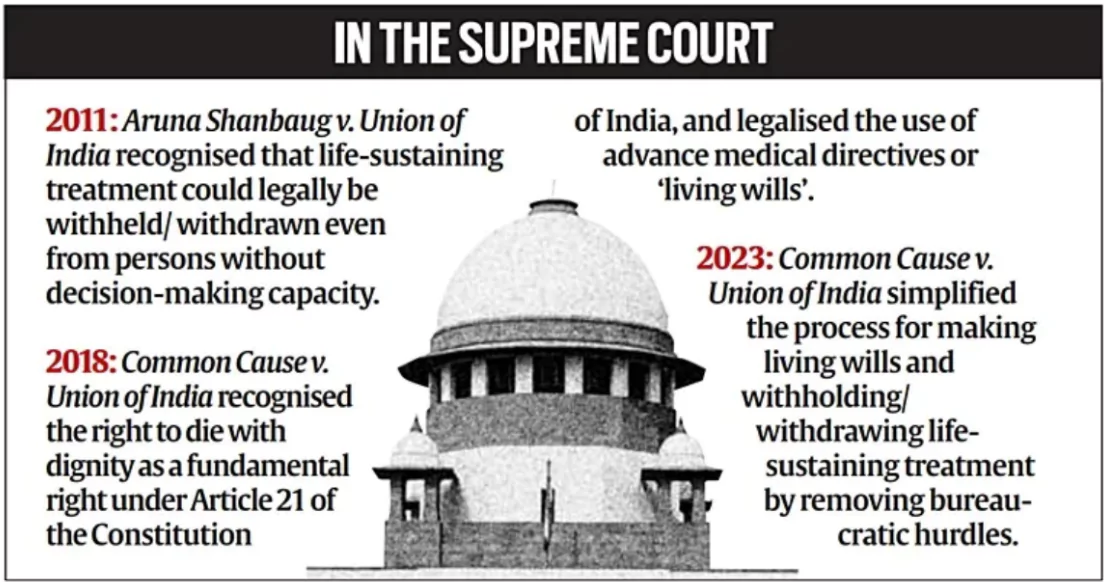RBI’s Digital Payments Index (RBI-DPI)
Context: The RBI’s Digital Payments Index (RBI-DPI) has been released recently.
Key Highlights of the Index
- The DPI for September 2024 stands at 465.33, up from 445.50 in March 2024.
- Volume Basis: The total value of digital payments grew from ₹5.86 lakh crore in 2018 to ₹246.83 lakh crore in 2024.
- CAGR: Digital Payments grew with a five-year CAGR of 89.3 per cent and 86.5 per cent in terms of volume and value, respectively,
- Unified Payments Interface (UPI): It contributed the most to India’s digital payments growth with its share in the country’s digital payments rising from 34 per cent in 2019 to 83 per cent in 2024
- It grew with a remarkable CAGR (cumulative average growth rate) of 74 per cent over the last five years.
- Volume: The volume of UPI transactions rose from 375 crore in 2018 to 17,221 crore in 2024
- Share of Other Payment Systems: The share of RTGS, NEFT, IMPS, credit cards, and debit cards fell from 66 per cent to 17 per cent.
- Reason for Growth: The increase in the RBI-DPI index was driven by growth in payment infrastructure and payment performance across the country over the period,
Enroll now for UPSC Online Course
About Digital Payments Index (RBI-DPI)
- It is an Index to gauge the extent of digitisation of payments across the country.
- The index is released on a semi-annual basis.
- Launched: The RBI has been publishing the composite RBI-DPI since 1 January 2021.
- Base Year: March 2018 has been taken as the base year with the DPI score set at 100.
- Parameters: It measures the penetration and deepening of digital payments over different periods. These are,
- Payment Enablers (weightage 25 per cent): It includes Internet, Mobile, Aadhaar, Bank accounts, Participants and Merchants.
- Payment Infrastructure (Demand-side factors (10 per cent): Debit cards, Credit cards, PPI, FASTags, Mobile and Internet banking.
- Payment Infrastructure (Supply-side factors (15 per cent): Bank Branches, Business Correspondents, ATMs, PoS Terminals, QR Codes and Intermediaries.
- Payment Performance (45 per cent): Digital Payment Systems- Value, Unique users, Paper clearing, currency in circulation and cash withdrawals.
- Consumer Centricity (5 per cent): Awareness and Education, Declines, Complaints, Fraud and Systems downtime.
Karnataka allows Euthanasia for the Terminally Ill
Context: The Karnataka Health Department has issued an order to implement the Supreme Court’s ruling allowing terminally ill patients to die with dignity.
- Karnataka is the second State after Kerala to implement the directive.
- Terminally Ill Patients: Passive euthanasia is allowed for the Terminally ill patients with no hope of recovery or those who are in a persistent vegetative state and where the patient no longer benefits from life-sustaining treatment.
About The Supreme Court’s Judgement
- Common Cause v/s Union of India 2018: A five-Judge Bench of the Supreme Court has held that the right to die with dignity is a fundamental right under Article 21.
- Living Will: An individual’s right to execute advance medical directives is an assertion of the right to bodily integrity and self-determination and does not depend on any recognition or legislation by a State.
- The judgement legalised passive euthanasia and the execution of Living Wills under strict guidelines.
Guidelines For Living Wills
It recognises the rights and duties of both doctors and patients, and allows for extensive independent expert opinion and the informed consent of next-of-kin/ surrogate decision-makers.
- Eligibility: Living wills are written documents made by a person of age 18 years or older with sound mind and free from coercion.
- Appoint Guardians: The document should detail at least two surrogate decision-makers who can make decisions on behalf of the person if they lose decision-making capacity.
- Legality: The document has to be signed in the presence of an executor and two witnesses, and attested before a notary or gazetted officer.
Check Out UPSC Modules From PW Store
The Guidelines For State governments and Hospitals
- Assessment: The treating hospital should constitute a Primary Medical Board to assess the patient’s condition, and to recommend whether to withdraw life-sustaining treatment.
- The board is composed of the treating doctor and two subject-matter experts with at least five years of experience.
- Review: A Secondary Medical Board, (set up by the hospital) reviews the decision of the Primary Medical Board.
- It comprises a registered medical practitioner nominated by the district Chief Medical Officer, along with two subject-matter experts with at least five years of experience.
- Informed Consent: The persons nominated by the patient in the living will or surrogate decision-makers (where there is no directive) must consent to the withholding or withdrawal of treatment.
- The hospital must notify decisions on withholding/ withdrawing life-sustaining treatment to the local judicial magistrate.

Ready to boost your UPSC 2025 preparation? Join PW’s UPSC online courses today!
![]() 1 Feb 2025
1 Feb 2025


